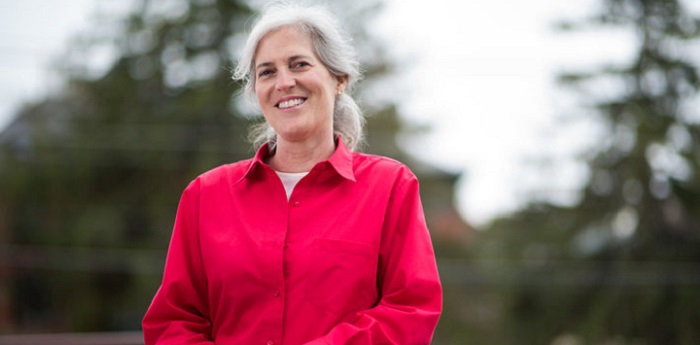vSmart Connections for for Conserving and Catalyzing Cultural Community Resources
Many U.S. towns, cities, and communities have historic and cultural resources that play significant roles in community life; Vermont is, a leading example. The existing heritage support systems for preserving and protecting these resources (e.g. local and regional nonprofits, public programs housed in local and state governments, and extensive regulatory underpinnings that address housing, land use planning, and smart growth through preservation) pose significant technical and social challenges. For example, engineering technology applied to historic infrastructure (e.g., cultural sites, aging buildings, materials and structures) presents a number of unique challenges seldom addressed by U.S. engineering programs. Exposure to the constraints imposed by preserving cultural resources will better prepare engineers for the 21st century challenges of the aging infrastructure. In turn, the cultural resources network (CRN) in Vermont would benefit from advanced technologies and engineering expertise, which are largely untapped. Our goal is to catalyze the community networks currently caring for Vermont's cultural resources, and connect them with a network of engineering expertise (ETN) and smart technologies using Vermont as a living laboratory. Two planning workshops will be convened to enhance the understanding, appreciation, and challenges facing both sectors. The project will yield scientific insights into the collaborations and connections that support historic infrastructure in Vermont, as well as policies that support these relationships. The project also will yield tools for non-invasive testing and data collection for historic and cultural resources that can be replicated in other communities. Finally, an assessment of changes in the community networks (ETN and CRN) will be explored so that knowledge gained in the project can support other communities.
The longer-term intellectual merit of this project includes (1) performing smart analytics (e.g., network analysis) to identify the evolution of community connections and cooperation, the key features, and potential governance policies to help enhance network functioning; (2) building a smart mobile facility that provides high-tech, non-destructive testing technologies and new methods for digitizing, documenting, and visualizing site-specific cultural resources to communities in need; and (3) assessment of the existing and post-grant community networks (ETN and CRN) so that benefits can then be transferred and scaled to other regions. Both the proposed planning grant workshops and longer-term educational training programs will enhance the understanding, appreciation, and challenges facing both sectors. The broader impacts will bring engineers and (1) the CRN representatives together to catalyze the existing network of cultural resources in Vermont; (2) provides a new educational perspective (e.g., training modules) for undergraduate and graduate level engineering curricula, and (3) associated educational efforts (e.g. certificate in preservation engineering), and (4) outreach and technology transfer (e.g. mobile facilities with high-tech equipment for low-cost applications). The proposed network analysis and associated assessments are viewed as key components for integrating the two community networks. This research builds naturally on the successful transdisciplinary initiative in Complex Systems at the University of Vermont; envisions the development of new approaches in modeling this complex sociotechnical system for the purpose of preserving cultural resources in Vermont and beyond.
-
Performance PeriodSeptember 2017 - December 2018
-
University of Vermont & State Agricultural College
-
Award Number1737587
-
 Lead PIDonna Rizzo
Lead PIDonna Rizzo -
Co-PIMandar Dewoolkar
-
Co-PIDryver Huston
-
Co-PIDouglas Porter
-
Co-PIAsim Zia
Donna's research focuses on the development of new computational tools to improve the understanding of human-induced changes on natural systems and the way we make decisions about natural resources. In 1995, she co-founded a small Vermont business to help speed the diffusion of research and new technologies into environmental practice. Since joining UVM in fall 2002, she has worked on a number of computational approaches to multi-scale environmental problems, including using artificial neural networks to 1) develop maps of discrete spatially-distributed fields (e.g., log-hydraulic conductivity and soil lithology), 2) predict local disease risk indicators from multi-scale weather, land and crop data, 3) image and analyze the parameter structure of subcutaneous connective tissue in humans, 4) predict the shrink/swell of soils and 4) develop a watershed classification system using hierarchical artificial neural networks for diagnosing watershed impairment at multiple scales.